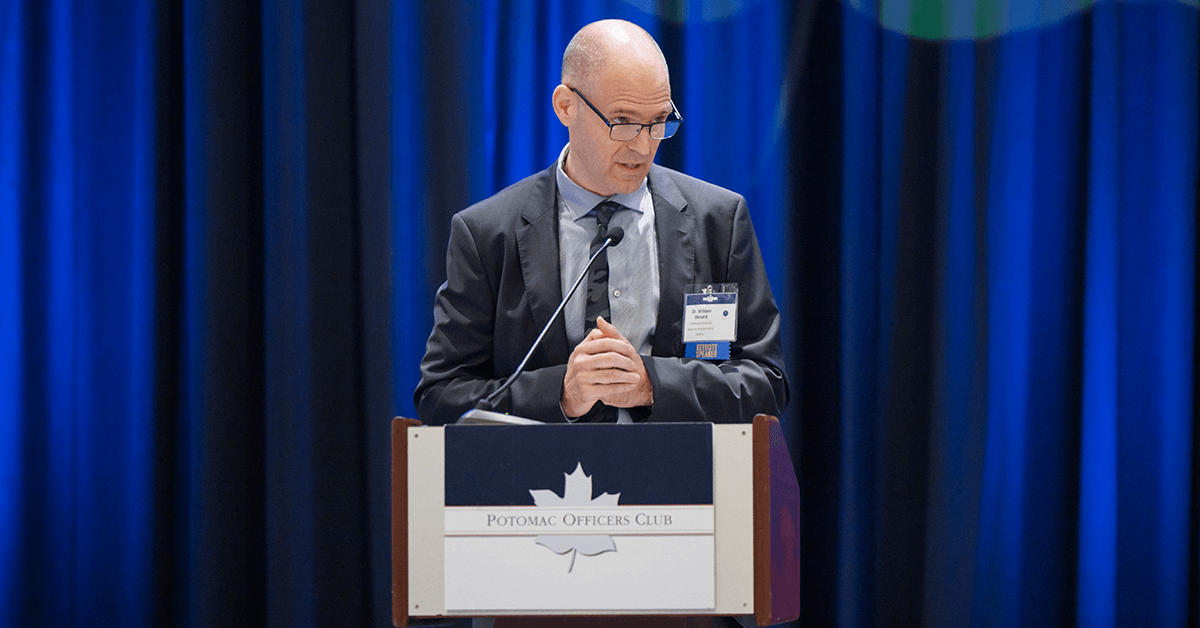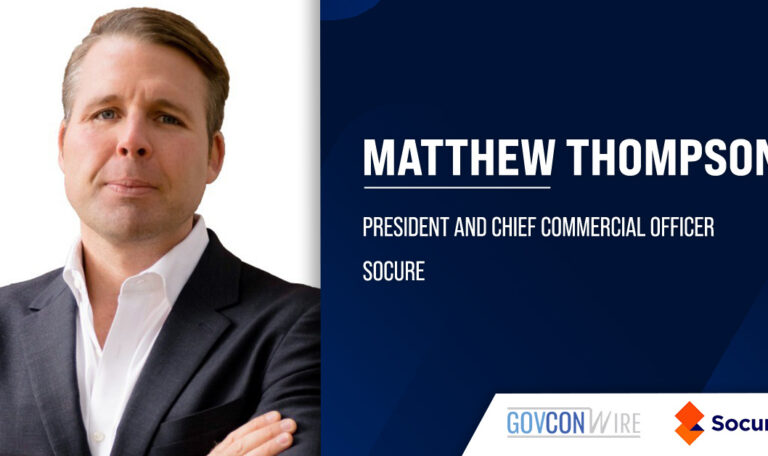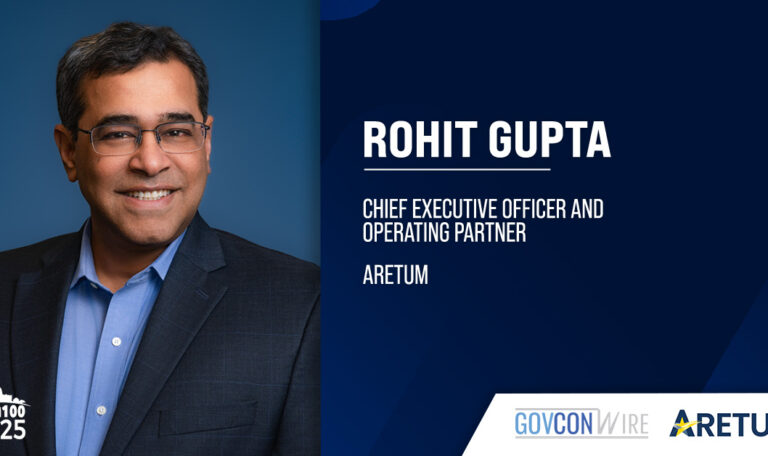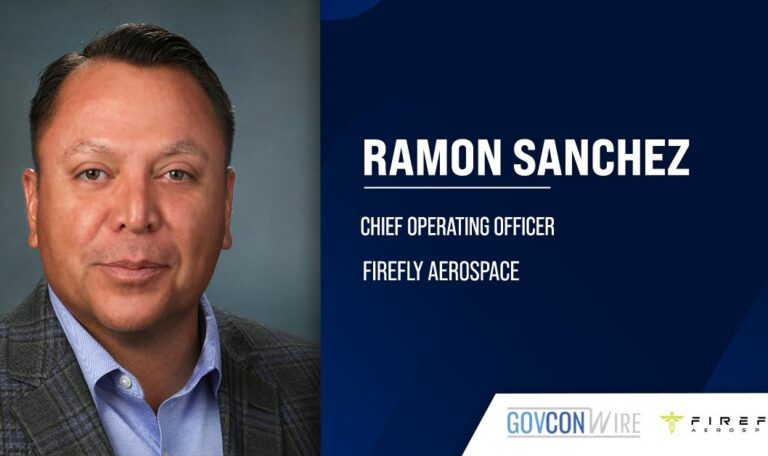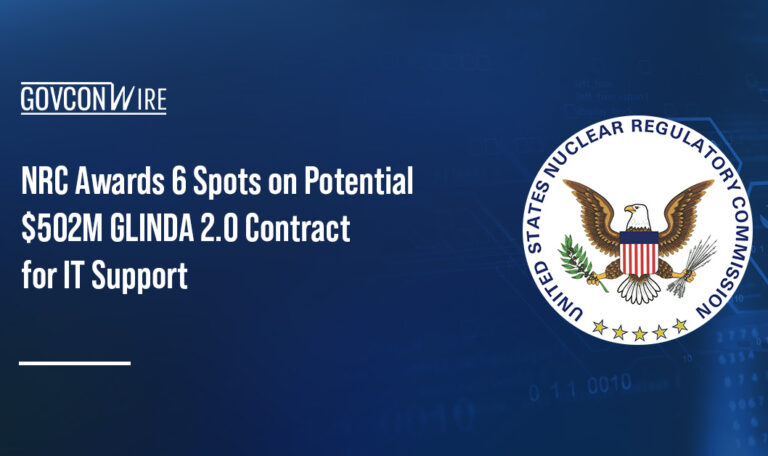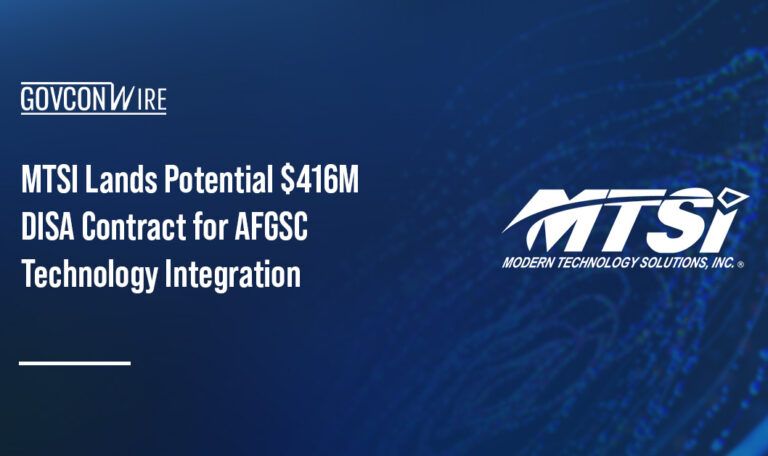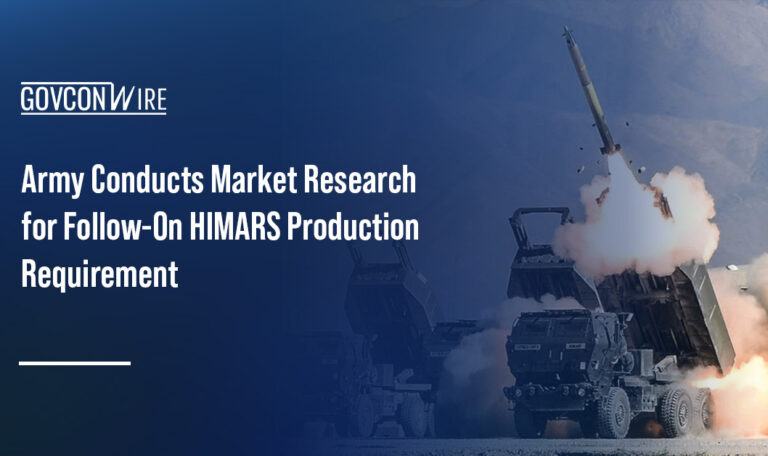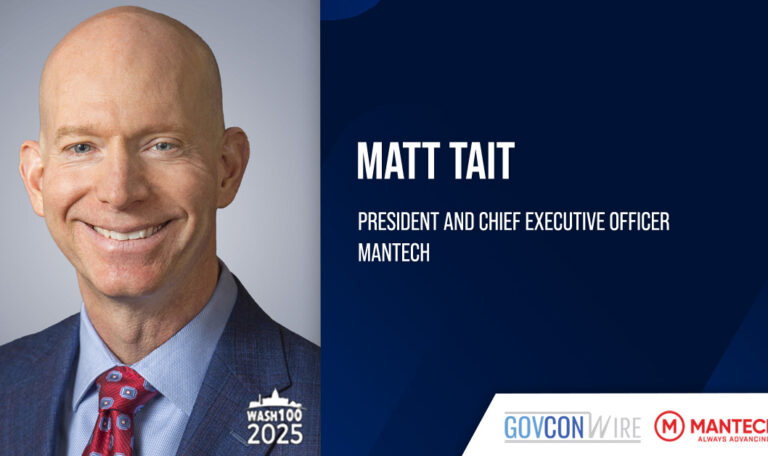As the Intelligence Community continues to push modernization, organizations, including the Intelligence Advanced Research Projects Activity, are working towards making more innovative investments in future capabilities and partnerships.
During a keynote address at the Potomac Officers Club’s 2024 Intel Summit, Dr. William Benard, the director of IARPA’s Office of Collections Research, spoke on how the agency’s key initiatives and program designs contribute to developing new technologies throughout the intelligence community.
Benard began his address by reintroducing IARPA’s alignment with the 2023 National Intelligence Strategy. The strategy sets six goals to advance the IC’s capabilities to prepare for threats in a time of “intensifying strategic competition” worldwide.
“Competition is fundamentally premised on emerging technology,” Benard emphasized.
Goal four of the strategy — to diversify, expand and strengthen partnerships — was a critical sentiment to start Bernard’s keynote.
“We have to work with others, and you’ll see in large language models that data sets are now transnational. In the U.S., they cannot produce enough data to feed the next generation of large language models. We have to work with our partners. We have to federate in order to have control and access to technologies at these extreme global scales,” Benard said.
Benard also gave an overview of the Office of Collections Research. The OCR has strategic and tactical values, including manufacturing autonomy, microelectronics, space systems and quantum services.
In particular, Benard drove home the urgency behind OCR’s recent strategic developments with the agency’s space systems and environment programs, especially in light of the rising threat of space debris.
“So the two key programs we have there are looking at space and environment, looking at debris, trying to track things between one millimeter and 10 millimeters. Currently, we track things greater than 10 millimeters. Things that are smaller than that currently are not possible,” Benard stated.
“[With] something in that one to 10-millimeter range, the average velocity is over 20,000 miles per hour in geo orbit. What does that mean? It means that’s an incredible amount of energy, equivalent to something like a hand grenade,” he added. “So even though it’s really small, that hits your space platform, you’re having a really bad day.”
With the recent surge in the implementation of artificial intelligence worldwide, Benard also said the nation could expect another “AI winter” — a period of reduced interest and research in the capability.
Benard closed his remarks by noting that instead of focusing on quantity in the development of large language models, the IC should shift its focus to data.
“That’s really where the intelligence community has an opportunity,” Benard said. “It’s getting that high quality data, high fidelity, well-tagged and multidimensional data sets, which I think is really going to be the future.”


